How to get the most out of cycling
Bike sales have boomed during the pandemic. Now we just need to keep on pedalling to improve our health.
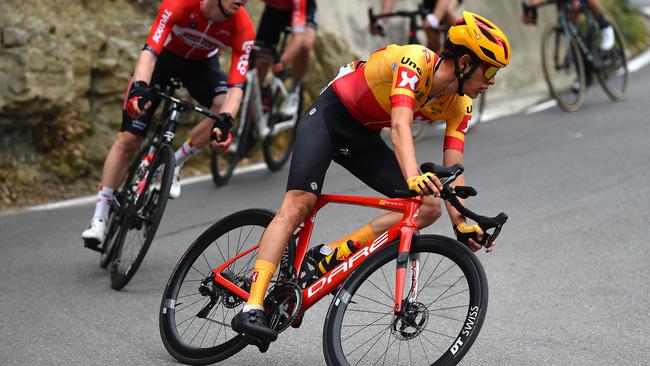
If there is a pandemic habit we don’t want to break it is our love affair with bikes. Bike sales boomed and levels of cycling soared by as much as 200 per cent on weekends in the past two years.
Now we just need to keep on pedalling – and to do it in a way that progressively improves our health.
“It doesn’t really matter what sort of bike you are riding,” says Phil Cavell, author of The Midlife Cyclist. “If you are out there on two wheels you will be boosting your fitness.”
But there are ways to ensure you get more out of your cycling and don’t succumb to injuries. Here is the experts’ guide to biking well:
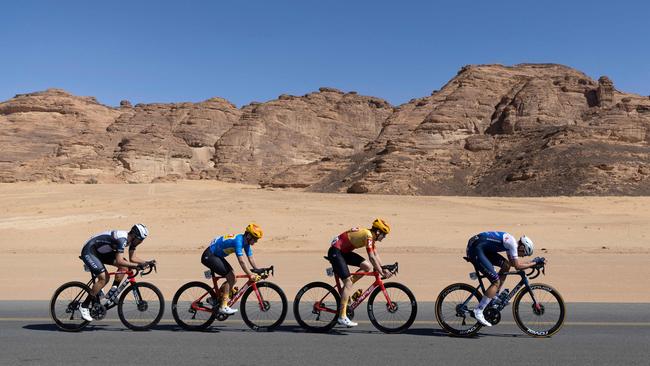
How can I turn my cycle commute into a proper workout?
Phil Burt, who was the head of physiotherapy at British Cycling for 12 years and is co-author of Strength and Conditioning for Cyclists, says there are simple ways to get more out of your regular cycling commute.
Riding out of the saddle works the glutes and calf muscles extra hard and “provides much more of a total body workout”, he says, but also add short bursts of effort on some rides, such as getting away from a standing position at the traffic lights as fast as you can. “Your leg muscles will work very hard in that short sprint,” Burt says.
Not everything has to be at a high cadence, though. “Slower leg speed on a sustained climb is also effective for improving leg strength,” Cavell says.
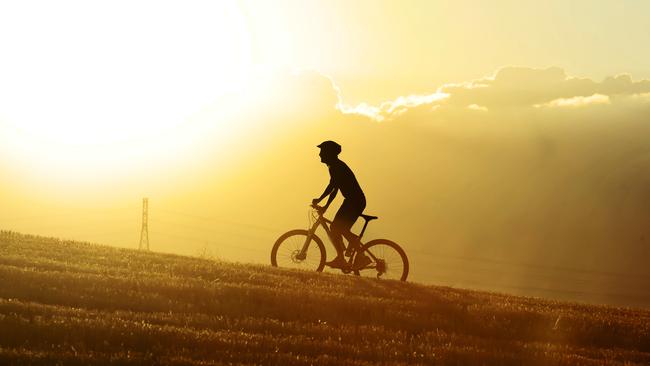
Should I change my cycling style as I get older?
Cavell says the most common error recreational cyclists make is going too hard, too soon and too often.
“A lot of midlife cyclists embark on a ‘whirlwind of doom’ pattern of training harder, fatigue and promoting body inflammation through lack of adequate recovery, which results in feeling chronically tired,” he says.
Past middle age, maintaining and improving fitness is all about developing endurance – and you need to aim for more moderate-intensity rides. “After 50, only 10 per cent of your weekly cycling should be high-intensity and fast pace, the rest should be lower-level endurance, which helps to maintain mitochondria, the energy generators of our cells, in our ageing muscles,” Cavell says.
“I am 60 myself and follow my own advice on limiting hard bike rides to one per week and never going out hard unless I feel like I am fizzing with energy. And I factor in plenty of time to recover.”
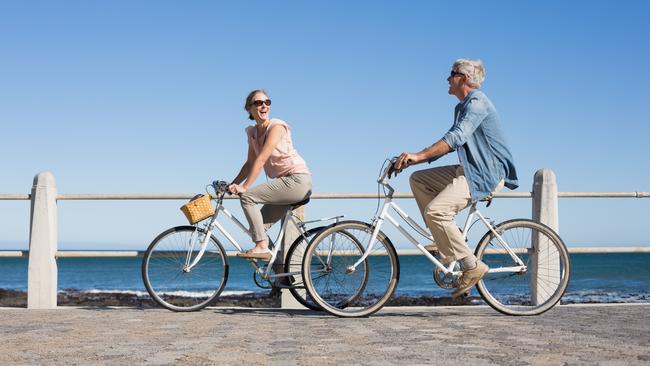
Is regular cycling exercise enough to stay in shape?
Physiotherapists often recommend cycling as an alternative to high-impact activities such as running, or sports such as football, rugby, squash and hockey that involve the twisting and turning movements that can lead to wear and tear of joints. But while the low-impact nature of cycling is protective against injuries, it presents another issue in that it won’t strengthen your bones.
As a living tissue, bone reacts to increases in loads and forces by growing stronger. For exercise to increase bone strength it needs to involve shifting your body weight off the ground with a series jumps and jolts – something that cycling doesn’t do.
Research on elite cyclists by Durham University’s department of sport and exercise sciences found the bone density of female cyclists’ spines was 6 per cent lower than average and in male cyclists 9 per cent lower. Cavell says you would need to include some weight-bearing activity – lifting weights, skipping, running – to boost your bones.
“Running is excellent for both bone density and preventing sarcopenia, or muscle loss, in the legs and a great complement for cycling,” he says.
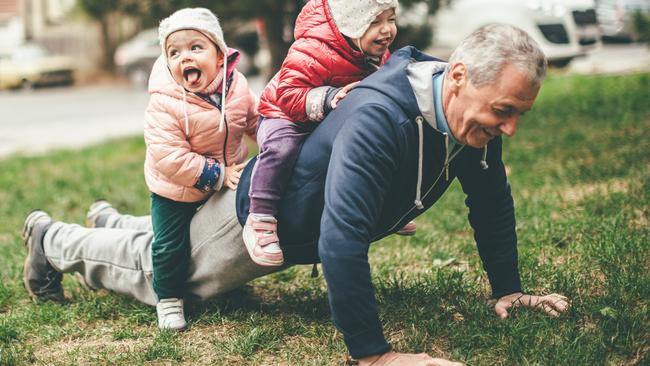
What should I do to strengthen my upper body?
Cycling is mostly but not entirely about lower-body strength. However, according to Burt, “although cyclists don’t require huge levels of upper-body strength, developing some will help with long climbs out of the saddle and bracing against the force of a harder, faster effort on the bike”.
Start by mastering good press-up technique. “A properly performed press-up is a great demonstration of upper-body range and stability and the move is a precursor to more advanced pressing exercises, such as bench presses and dips, which can also be added to your routine as you get stronger.”
Burt recommends yoga or Pilates for developing all-round strength and flexibility.
“A number of riders on the Great Britain Cycling Team include Pilates and yoga in their training,” he says.
“Both can be excellent complementary activities to cycling because they improve both the range of movement and also the strength required to hold positions.”
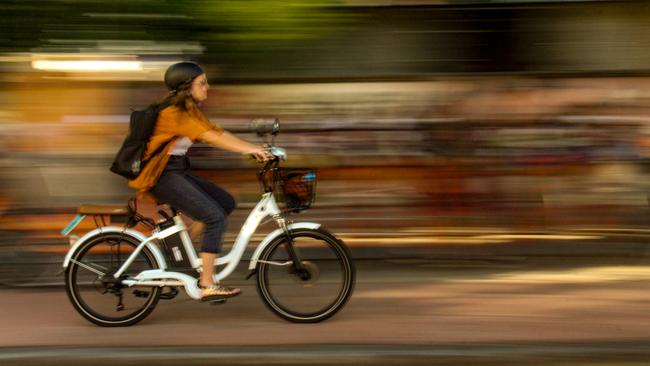
Can you get fit on an e-bike?
Serious cyclists can be sniffy about e-bikes, thinking a battery-powered ride demeans the purpose of the activity. Yet researchers have proved that they can get you fit. With most e-bikes this assistance is small, similar to riding with a placid tailwind, and ceases once you reach a maximum speed of 24km/h or stop pedalling. The motor will not turn the pedals for you.
In one recent study conducted at the University of Miami, e-bikes and pedal bikes were pitched head-to-head in a controlled experiment. Thirty participants aged 19 to 61 were asked to complete simulated commutes on a standard pedal bike and on an e-bike at two different pedal-assist settings.
Predictably the non-electric bikes resulted in the greater physical demands, as measured by their oxygen consumption and heart rate, but results, published in the Translational Journal of the American College of Sports Medicine, also showed that breathing and heart rates were elevated enough on e-bikes to provide a meaningful workout.
In another study a group of office-based couch potatoes who were issued e-bikes by a team of exercise scientists at the University of Colorado Boulder began to cycle up to 50 per cent more than their required daily tally and at a greater intensity than expected after four weeks of using them, amassing a level of daily activity comparable to a jog or a gentle swim.
“I am a huge fan of e-bikes and think they can provide a decent workout and act as a superb feeder lane into mainstream cycling,” Cavell says. “Think of them also as a car alternative – try dropping out one extra car journey a week for an e-bike ride.”
Because they tend to be heavier than standard bikes, e-bikes can be hard work to pedal when the battery is not being used. Try e-bike intervals by switching off the battery periodically for added intensity and pedalling hard in the unassisted mode.
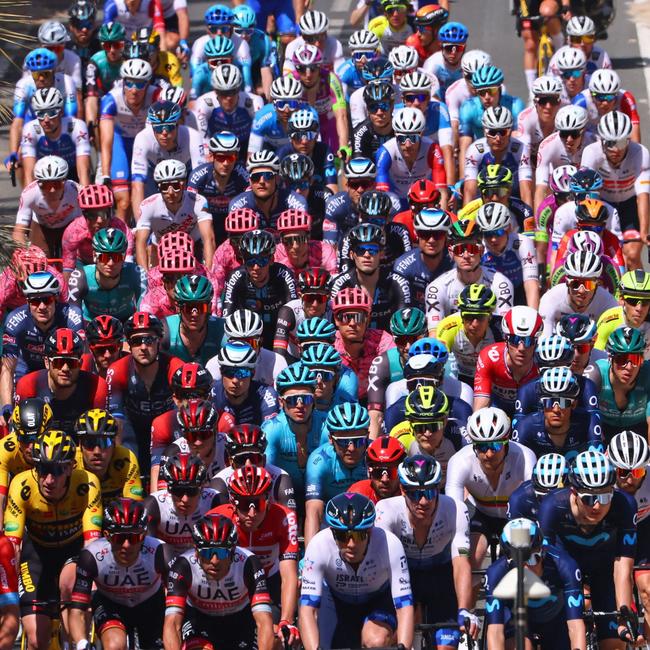
Is cycling bad for my back?
Cycling is one of those sports we do sitting down. “Because of the seated position, there is a certain amount of flexion, or forward bending of the body, inherent in cycling, and to counter that we need to do exercises that increase ‘spinal extension’ or stretching out the back muscles,” Cavell says.
Walking, running and paddleboarding will complement cycling well, but you should also do regular spinal-extension stretches to avoid injury. Lie face down on the floor and straighten your legs behind you. Place elbows beneath shoulders and hands firmly on the ground and slowly lift up your torso so that your lower back is gently arched. Slowly straighten your elbows as much as is comfortable to increase the extension. Hold the position for 5-10 seconds before slowly returning to the start position.
How do I prevent achy calves and feet?
Foot pain, particularly in the metatarsal bones – the long ones on top of your foot that connect your ankle to your toes, is the No 1 complaint among recreational cyclists, Cavell says.
“Cycling is not like running or walking, where your foot goes through a phase of motion,” he says. “On a bike your foot is held captive and there is so much pressure going through it repetitively that it stores up tension over time.”
Foot pain can be a result of your saddle being set too high, your feet position too wide or too narrow or a result of wearing inappropriate footwear such as running shoes to cycle in.
“Your feet muscles can also get very tired on longer rides, and that can lead to calf fatigue,” he adds. “Wearing clip-in shoes can help to distribute stress across the ball of the foot and control foot posture so that ultimately you can control your bike better and create less tension on the feet.”
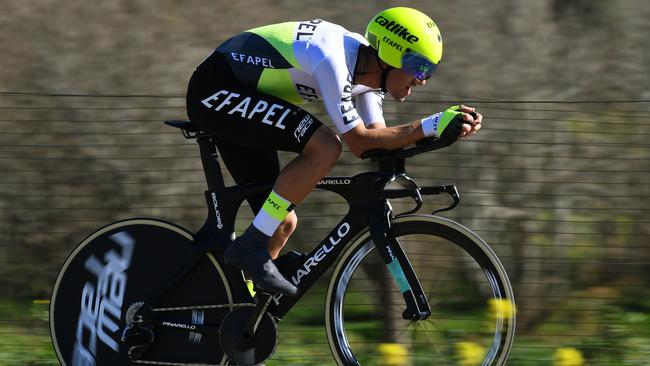
How do I know if my posture is correct?
The classic mistakes made by beginners include holding the arms straight when cycling. “If you do this and go over a pothole you lose control of the bike,” Cavell says. “So practise having a 20-degree bend in your arms.” There is also a tendency to slouch in the saddle, which can result in long-term back and shoulder pain, not to mention a lack of stability, which can lead to dreaded saddle sores.
“If you don’t have good posture in the saddle you won’t have great stability when you ride and that predisposes you to localised loading and saddle sores. Strengthening the upper body will help, but the key is to lengthen your spine so that your glute and core muscles are contracted and then your arms can relax.”
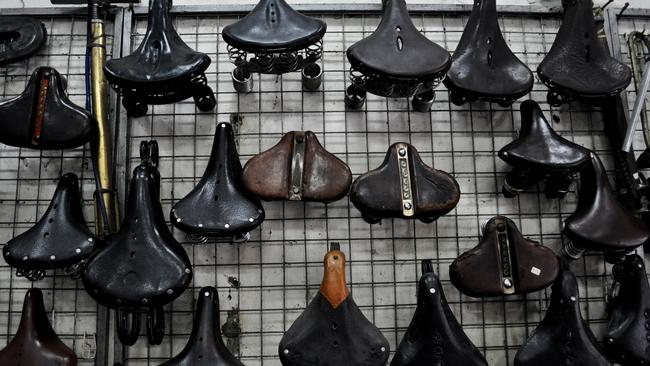
Is it really true that cycling can damage men’s sexual health?
Too much time in the saddle has been blamed for causing microtrauma to the perineum and pressure that decreases blood flow to the penis, resulting in temporary erectile dysfunction. But researchers reporting in the Journal of Urology studied a total of 2774 male cyclists, 539 swimmers and 789 runners and found their sexual and urinary health to be pretty similar across the board.
High-intensity cyclists had overall better erectile function scores than low-intensity cyclists and riding out of the saddle more than 20 per cent of the time while cycling significantly reduced the odds of genital numbness.
The Times




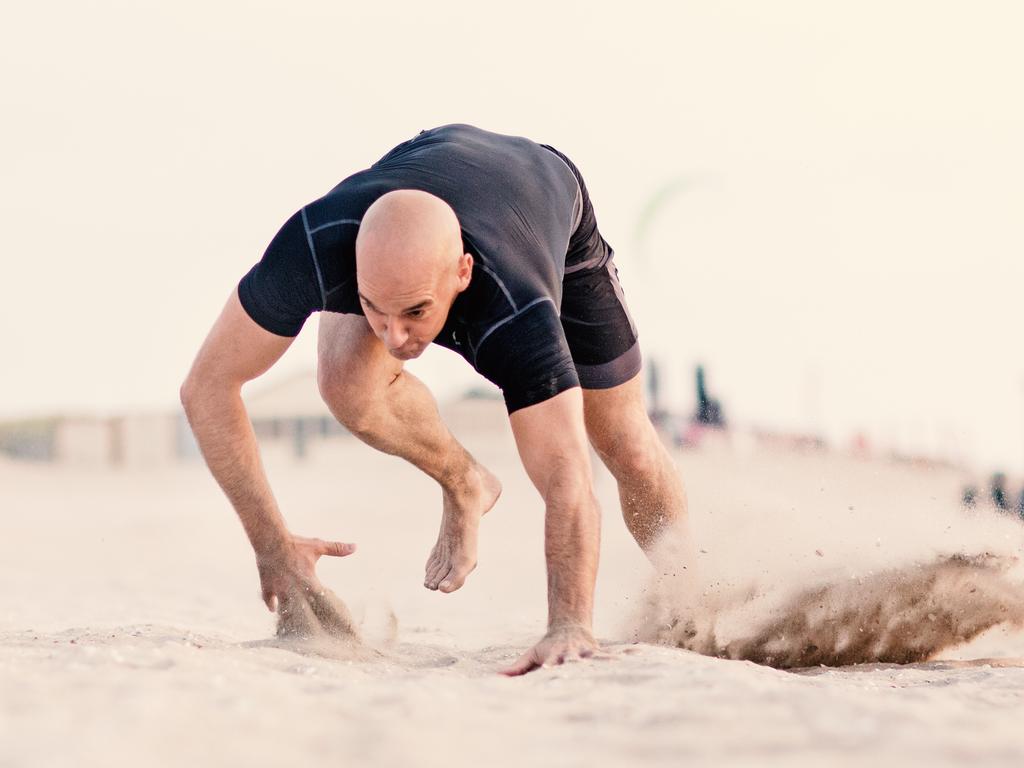


To join the conversation, please log in. Don't have an account? Register
Join the conversation, you are commenting as Logout